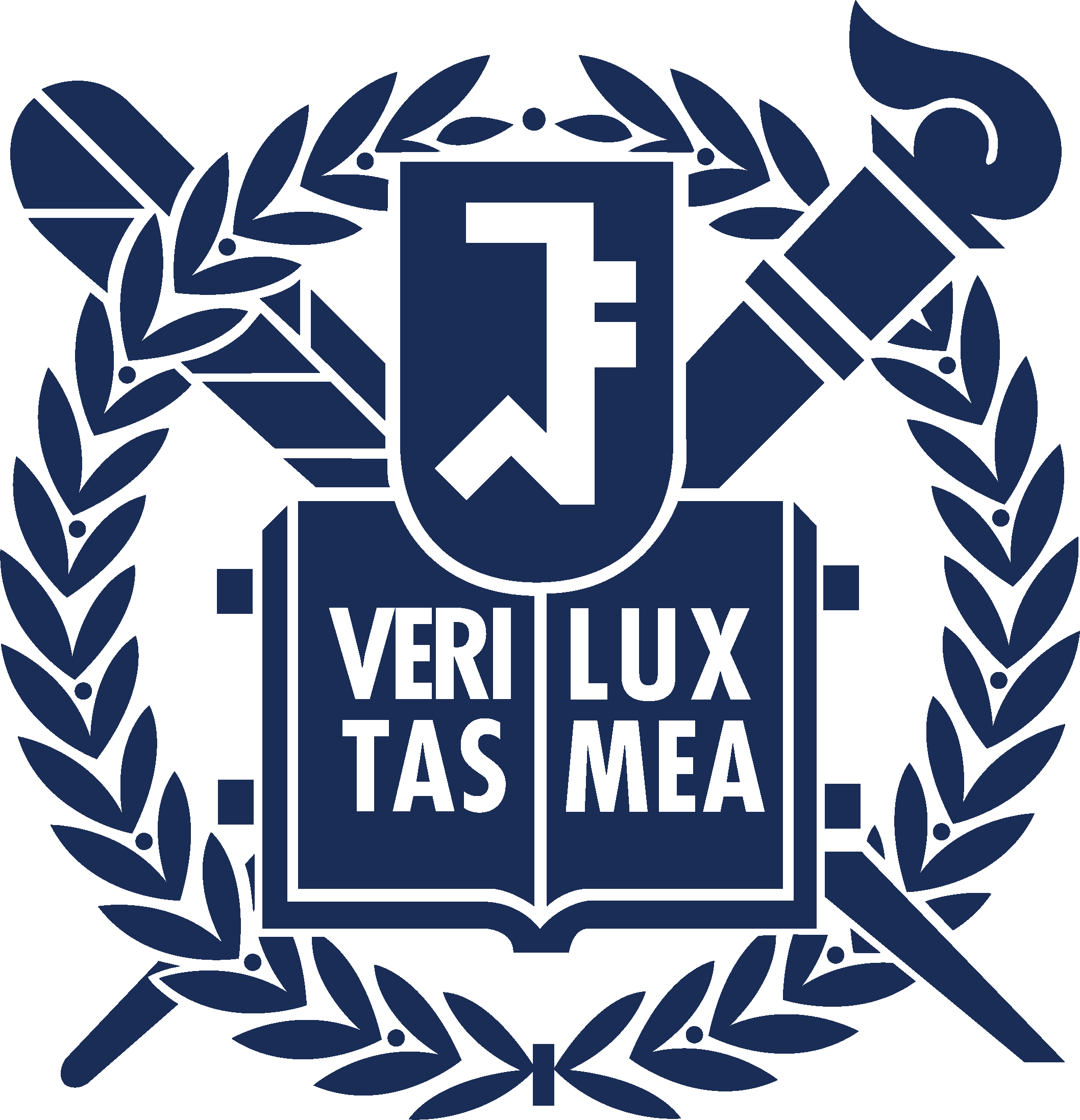The Korean government has announced new policies to regulate mortgage lending, which aim to decrease both the Loan to Value ratio (LTV) and the Debt to Income ratio (DTI); this is due to the recent upturn in house prices and the increase in the number of mortgage loans that have been the result of deregulation policies such as increasing both the LTV and DTI, adopted in the second half of 2008. The government expects mortgage lending policies related in both the LTV and DTI to control housing demand and to stabilize house prices in the influence of market status. However, it is difficult to analyze how effective is these kind of policies on price and demand through an empirical approach. Also, because mortgage loan is a key element of real estate financial market, impact on secondary market in charge of mortgage securitization should be conducted. Consequently, a comprehensive and systematical method is necessary to analyze the effects of new government policies. This paper, therefore, utilizes an integrated perspective and applies a system dynamics methodology to develop Korean real estate market dynamics models. Using these system dynamics analysis, this research understands changes in housing market and mortgage lending agencies, as well as secondary financial market. In addition, the authors use system dynamics simulations to examine the interplay between mortgage loan variations, housing prices, and demand. This research found the missing links of empirical policy analysis and connected these links in order to expose the hidden side effects of these policies, as well as proposed comprehensive solutions and systematic approaches of dynamic systems.
